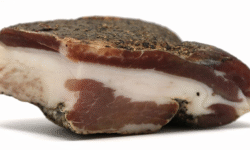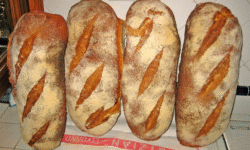Tuscany
Region in Italy
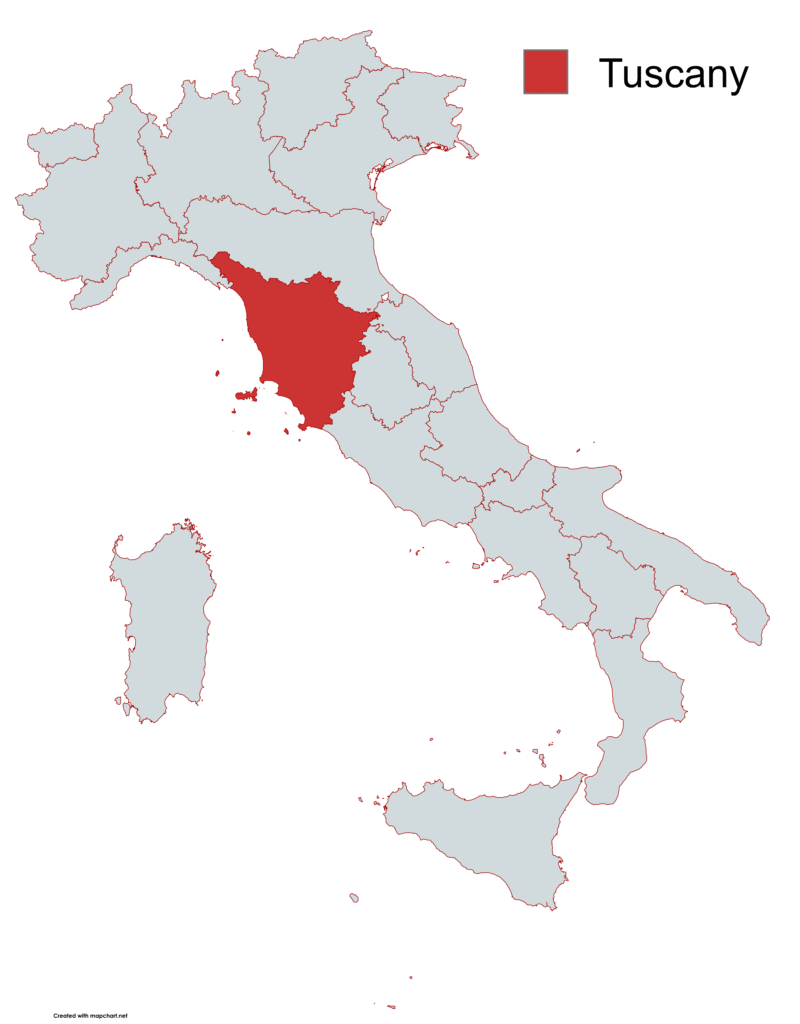
Introduction
Tuscany, in central Italy, has Florence as its capital and is famed for its landscapes, deep historical roots, and major influence on art and culture. Widely seen as the birthplace of the Renaissance, it shaped the Italian language through the works of writers like Dante, Petrarch, and Machiavelli. Home to world-famous museums like the Uffizi, the region is also known for its celebrated wines, such as Chianti and Brunello di Montalcino. Historic cities like Siena and Pisa, along with scenic areas like Val d’Orcia, attract travelers from around the world. With eight UNESCO World Heritage Sites, Tuscany blends heritage and natural beauty like few places can.
| Official name | Toscana |
| Capital | Florence |
| Area (km² / sq mi) | 22,987.04 / 8,875.34 |
| Population | 3,660,424 (28-02-2025) |
History of Tuscany
In the second millennium BCE, the area now known as Tuscany was inhabited by groups connected to the Apennine culture, who interacted with early Aegean civilizations like the Minoans and Mycenaeans. Later, the region saw the rise of the Proto-Villanovan culture, part of a broader European Bronze Age tradition. By around 900 BCE, the Villanovan culture took hold, laying the foundation for what would become the Etruscan civilization. This period marked a shift toward social stratification and urban development, with communities organizing into early city-states, foreshadowing cultural changes occurring across the Mediterranean.
The Etruscans emerged as the dominant force in central Italy, forming a sophisticated society with its own writing system, refined art, and extensive infrastructure. Their territory, called Etruria, covered much of modern-day Tuscany and beyond. While their influence peaked in the 7th and 6th centuries BCE, it gradually declined due to growing Roman pressure and cultural blending. In northwestern Tuscany, some regions remained culturally distinct, eventually coming under the control of the Ligurian tribes during the later Iron Age.
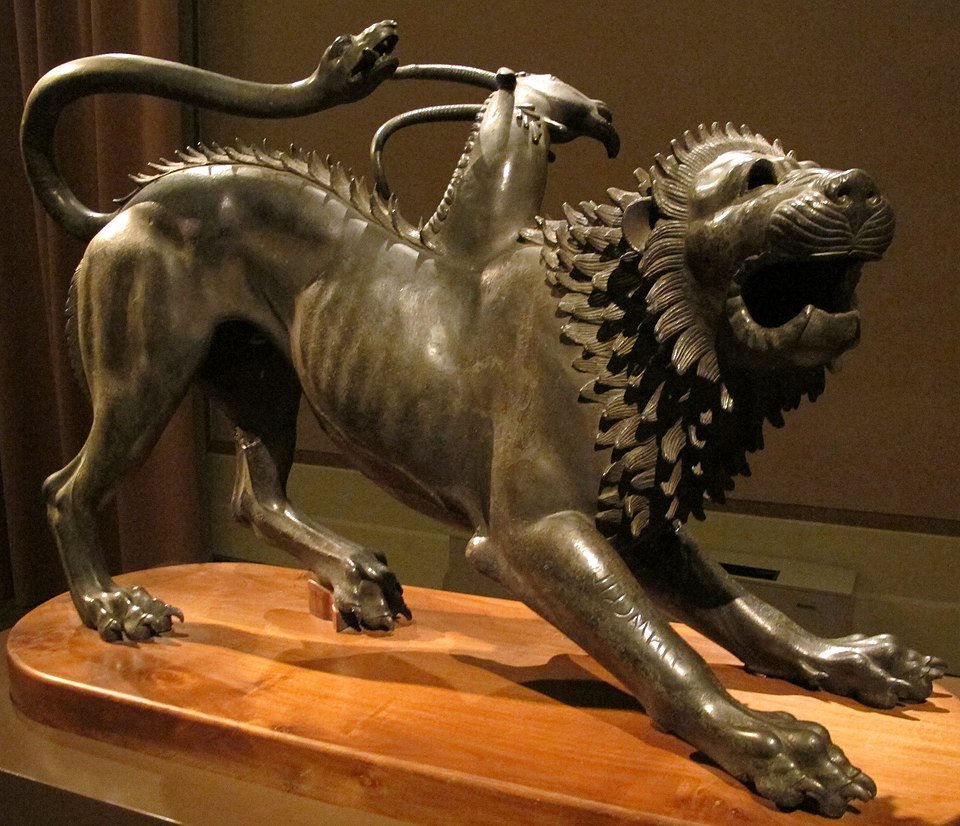
Following the Roman conquest, the region experienced rapid urbanization. New cities were founded, roads and aqueducts constructed, and Roman law and architecture spread widely. However, after the collapse of the Western Roman Empire in the 5th century CE, the area faced repeated invasions by Germanic tribes such as the Goths. It was briefly reclaimed by the Byzantines, then taken over by the Lombards, who made Lucca the capital of their new domain, Tuscia, shaping the early medieval identity of the region.
During the Middle Ages, Tuscany’s location along the Via Francigena made it a vital crossroads for pilgrims and travelers journeying between Rome and France, encouraging economic and community development around churches and inns. Political tensions between Guelphs (supporters of the Papacy) and Ghibellines (loyal to the Holy Roman Empire) led to divisions across the region, yet also spurred the growth of powerful city-states like Florence, Pisa, Siena, and Lucca, each with distinct strengths—from trade and banking to textile production. As centuries passed, Florence emerged as the cultural heart of the region, its rise closely tied to the Medici family, patrons of the arts whose influence shaped the city’s Renaissance brilliance.
The Renaissance transformed Florence into a beacon of art, science, and humanism. The Medici’s informal rule evolved into near-monarchical control, guiding the republic through both prosperity and political upheaval. Under leaders like Cosimo and Lorenzo de’ Medici, Florence flourished, attracting great minds such as Leonardo da Vinci and Machiavelli. Despite moments of republican resurgence—such as the brief rule of Savonarola—the city ultimately fell under permanent dynastic rule with Alessandro de’ Medici, marking the birth of hereditary governance.
In the modern era, the Medici line ended, and Tuscany passed to the House of Lorraine, becoming the Grand Duchy of Tuscany. After Napoleon’s brief occupation, the region returned to Lorraine rule until it joined the Kingdom of Italy in 1860, following popular support and revolution. Tuscany played a key role in national unification, with Florence serving briefly as Italy’s capital. During World War II, it endured Nazi occupation and local atrocities. Postwar, Tuscany reestablished itself as a cultural hub and has since been governed mostly by centre-left administrations.
Geography of Tuscany
Tuscany is roughly triangular, bordered by Liguria, Emilia-Romagna, Marche, Umbria, and Lazio, with a western coast along the Ligurian and Tyrrhenian Seas, including the Tuscan Archipelago and Elba Island. The region’s landscape is dominated by rolling hills covering about two-thirds of the area, with mountains from the Apennines making up another quarter, and fertile plains mainly around the Arno River valley where key cities like Florence, Pisa, and Empoli lie. The coastal areas enjoy a mild climate, while the interior experiences more extreme seasonal changes and rain, creating a natural freeze-thaw cycle that has historically enriched the soil, helping Tuscany serve as an important agricultural center since ancient Roman times.
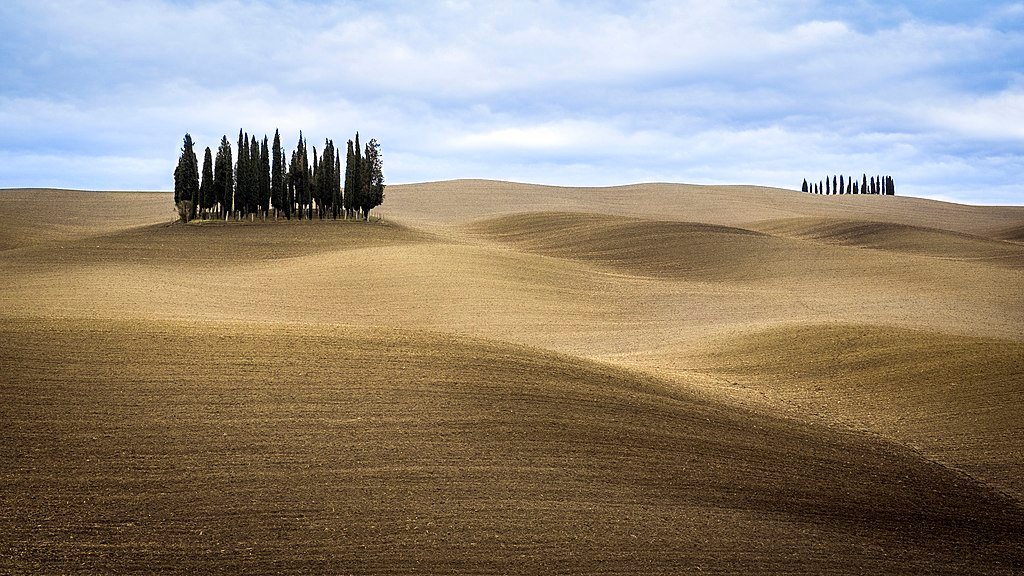
Culture of Tuscany
Tuscany is renowned for its vast cultural and artistic treasures, showcased through its churches, palaces, museums, villages, and public squares. While many of these cultural gems are located in prominent cities like Florence and Siena, numerous smaller towns such as San Gimignano also hold significant artistic value. The region is a rich tapestry of historical landmarks that reflect its deep-rooted heritage.
The artistic tradition in Tuscany is exceptional, with Florence often called Italy’s “art palace” due to its incredible concentration of Renaissance masterpieces. The region was home to influential artists including Michelangelo, Leonardo da Vinci, Botticelli, and many others who shaped the course of art history. Museums like the Uffizi Gallery, Palazzo Pitti, and Bargello host some of the most treasured works, while countless churches and cathedrals preserve frescoes, sculptures, and paintings from various periods.
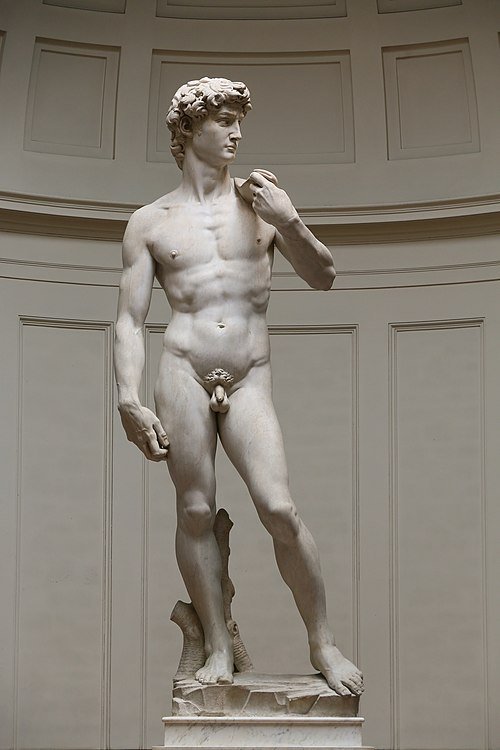
During the medieval and Renaissance periods, Tuscany was the birthplace of several distinguished art schools. The Florentine School, known for its naturalistic style, produced masters such as Giotto, Brunelleschi, Donatello, and Masaccio. Meanwhile, the Sienese School, with a more decorative and mystical approach, featured artists like Duccio, Simone Martini, and the Lorenzetti brothers. Although Siena’s artistic growth slowed in the 16th century, its well-preserved medieval atmosphere keeps its unique legacy alive.
Tuscany’s influence extends beyond visual arts into music and literature. It fostered major composers such as Giacomo Puccini and was pivotal in the birth of opera through the Florentine Camerata. Literary giants like Dante Alighieri emerged from this region, where medieval poetry thrived, mixing humor, satire, and innovative ideas about love and society. Tuscan writers shaped Italian literature with works blending allegory, philosophy, and political themes, laying the groundwork for future Renaissance humanism.
Cuisine of Tuscany
Tuscan cuisine is renowned for its simplicity and emphasis on fresh, high-quality ingredients, such as olive oil, legumes, and meats. Originating from cucina povera (the cooking of the poor), it favors seasonal produce and straightforward flavors rather than elaborate sauces or heavy spices.
The region is also famous for its wines, with iconic varieties like Chianti, Brunello di Montalcino, and Vino Nobile di Montepulciano being celebrated globally. Bread plays a central role in Tuscan meals, with a distinctive unsalted white bread that dates back to the 16th century when salt was heavily taxed.
Fresh produce like vegetables, legumes, cheese, and mushrooms are staples in the cuisine. The region is also known for olive oil, made from varieties like Moraiolo, Leccino, and Frantoiano, and the Chianina beef from the Chiana Valley, ideal for the Bistecca alla Fiorentina (Florentine steak). Additionally, the Cinta Senese pig breed adds a unique local flavor to Tuscan dishes.
Geo-cultural divisions of Tuscany
Tuscany is geo-culturally divided in:
- Amiata
- Apuan Riviera
- Casentino
- Chianti
- Colline metallifere
- Crete Senesi
- Firenze-Prato-Pistoia Plain
- Garfagnana
- Lower Valdarno
- Lucca Plain
- Lunigiana
- Maremma Grossetana
- Media Valle del Serchio
- Mountains of Pistoia
- Mugello
- Tuff Area
- Tuscan Arichipelago
- Upper Valdarno
- Val d’Elsa
- Val d’Orcia
- Val di Bisenzio
- Val di Cecina
- Val di Chiana
- Val di Cornia
- Val di Merse
- Val di Sieve
- Valdera
- Valdinievole
- Valtiberina
- Versilia
Administrative divisions of Tuscany
Tuscany is administratively divided into 20 provinces, which are as follows:
- Metropolitan City of Florence
- Province of Arezzo
- Province of Grosseto
- Province of Livorno
- Province of Lucca
- Province of Massa and Carrara
- Province of Pisa
- Province of Pistoia
- Province of Prato
- Province of Siena
Traditional products of Tuscany
Source(s):
https://en.wikipedia.org/wiki/Tuscany
Photo(s):
1. Map created with https://www.mapchart.net
2. I, Sailko, CC BY-SA 3.0 https://creativecommons.org/licenses/by-sa/3.0, via Wikimedia Commons
3. Carlo cattaneo fotografie, CC BY-SA 4.0 https://creativecommons.org/licenses/by-sa/4.0, via Wikimedia Commons
4. Michelangelo, CC BY-SA 3.0 https://creativecommons.org/licenses/by-sa/3.0, via Wikimedia Commons

